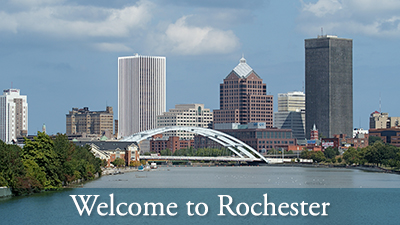
A recent study found Fire fighters can be exposed to a number of known and suspected carcinogens through their work:
All types of fires create a mixture of toxic combustion products including liquids, gases, and particulate matter (a mixture of tiny solid particles and liquid droplets in the air).
Fire fighter protective equipment can also contain chemicals that release suspected carcinogens called perfluoroalkyl substances (PFAS).
Other exposures, such as from diesel fumes, can come from vehicles at fire scenes and at fire stations.
Fire fighters can be exposed to these chemicals when breathing or through their skin.
In a report published in 2010, the International Agency for Research on Cancer (IARC), part of the World Health organization (WHO), considered there to be sufficient evidence for several firefighting-related exposures causing different types of cancer:
Arsenic: Cancers of the skin, lung, and liver
Asbestos: Cancers of the lung, larynx, and gastrointestinal tract; mesothelioma
Benzene: Leukemia
Benzo[a]pyrene: Cancers of the lung, bladder, and skin
1,3 Butadiene: Blood cancers
Cadmium: Lung cancer
Formaldehyde: Nasopharyngeal cancer
Radioactivity (gamma activity): All cancer sites combined
Radionuclides (alpha-particle-emitting): All cancer sites combined
Radionuclides (beta-particle-emitting): All cancer sites combined
Silica (crystalline): Lung cancer
Sulfuric acid: Laryngeal cancer
2,3,7,8-tetrachloro dibenzo-para-dioxin: Lung cancer, non-Hodgkin lymphoma, sarcoma; all cancer sites combined
Along with these exposures, there are also dozens of other firefighting-related exposures that IARC considers probable or possible carcinogens.
There is also evidence that night shift work may increase the risk of some cancers. Though the science on this topic is still evolving, the disruption of normal circadian rhythms (sleep/wake patterns) in people who work night shifts is thought to play a role. Despite these concerns, night shift work is essential for emergency responders such as fire fighters.
Does firefighting cause cancer?
It has been difficult to determine whether firefighting causes cancer. This is largely because research studies have had to include fire fighters who might have different backgrounds and exposures, such as:
The number of years on the job
Varying work schedules
The amount of time and the types of exposures at fires (including some very brief but strong exposures)
The types of protective equipment worn at fires
Each person’s unique genetic susceptibility
Other lifestyle choices that might affect a person’s cancer risk, such as whether they smoke
An added layer of complexity is the potential impact of heat, air temperature, and chemical mixtures on exposure doses at fires. Finally, cancers take years to decades to develop, and it can be hard to know the most important window(s) of exposure in people who develop cancer, as well as whether cumulative lifetime exposure is important.





